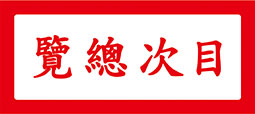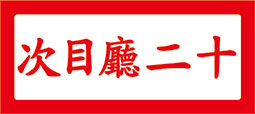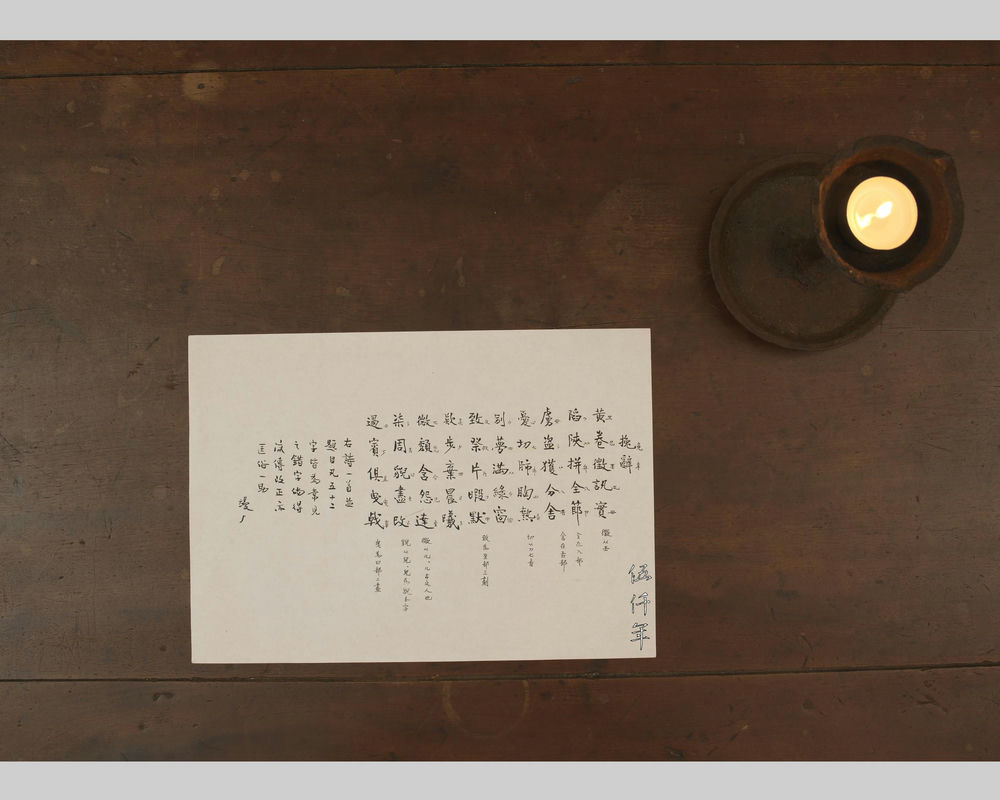
Hand written elegy by Professor Chang Shou-ping using erroneous characters
One day, I wrote a withdrawal slip for seven hundred dollars to take money from a bank. By banking rule, the character seven 七 should be written as the formal character seven 柒. Unexpectedly, the lady over the counter refused to accept it, saying that the formal character seven 柒 was erroneously written. Furthermore, she reprimanded me: “The top left corner of this character should have two dot strokes”. Even though I am a teacher of the Chinese language, I could not argue to defend myself. I could only go to the nearest bookshop to buy a dictionary, and checked the formal character in front of her. She thereupon said: “The practice of our bank is to write two dot strokes, this dictionary of yours is very odd.” As she spoke, she was still self-righteous and full of conviction.
Again another time, I came across a student of the surname Liang 梁, whenever he wrote his surname, he would omit one dot stroke for the character Liang 梁, so I commanded him to rectify it. Incredibly, the next day, he came to me indignantly and said: “My Liang surname is a Liang that skips one dot stroke, this is the way my father writes.”
For most people, to write some words erroneously is not momentous. In comparison, erroneous writings by eminent persons can be more consequential. Here are a few examples:
There was a government minister of the surname Yen 閻. After he delivered the first piece of official document after his appointment, one of his secretaries said to him: “You have persistently written Yen 閻 erroneously. The inner part of the character Yen is 臽, it should not be mistaken for 舀. He was happy to rectify the error, and immediately sent an assistant over to retrieve the official document. He remarked: “I have been writing my surname for decades, and only realized my mistake today. Fortunately, this has been uncovered fairly soon,otherwise the dignity of the country will be blemished.”
Another time, in an academic conference on the Chinese character, a doctor of philosophy from a national institute explained the merits of the Chinese character as such: “The Chinese characters all have meanings, an example is the character Chiao 敎 of Chiao-yü 敎育, meaning education. On the left is the character Hsiao 孝, meaning filial piety, on the right is the character Wen 文, meaning literature, together they combine to be Chiao 敎, advocating piety to parents and appreciation of literature. Piety to parents is virtue, appreciation of literature is learning, virtue and learning are indeed the two major goals of education.” He did not notice the inconspicuous whisperings beside him, nor did anyone openly point out his fallacy afterwards. Even to this day, he may not know of the correct way of writing the character Chiao 敎. For the character Chiao 敎, on the left it is not the character Hsiao 孝, on the right it is not the character Wen 文, how can there be any grand theory of virtue and learning?
The occasional erroneous writings by eminent persons are not even that momentous. Today however, the situation seems that the Chinese character no longer requires accurate writing, it seems that the Chinese character has lost its standard. If we examine this standard, not only are there erroneous hand writings, there are also erroneous printings. Moreover, when erroneous characters are stockpiled long enough, they transmute to become proper characters. They are then compiled into dictionary, categorized with a universal label: Common Words or Popular Characters (俗字). Therefore, no matter whether it is a small town, or a big city, no matter whether it is signage, advertisement, private letter, official letter, as long as there are presences of Chinese characters, there are erroneous characters. When the sightings of erroneous characters are so commonplace, they are no longer perceived as erroneous, or comprehended as erroneous. What an alarming state this is! If philologists like Hsü Shen (許慎 58-148), Hsü Hsüan (徐鉉 916-991), Tuan Yü-ts’ai (段玉裁 1735-1815), Sun Hsing-yen (孫星衍 1753-1818), Chang Ping-lin (章炳麟 1869-1936) and others were conscious in their other world, they would definitely scream: Please Save the Chinese Character!
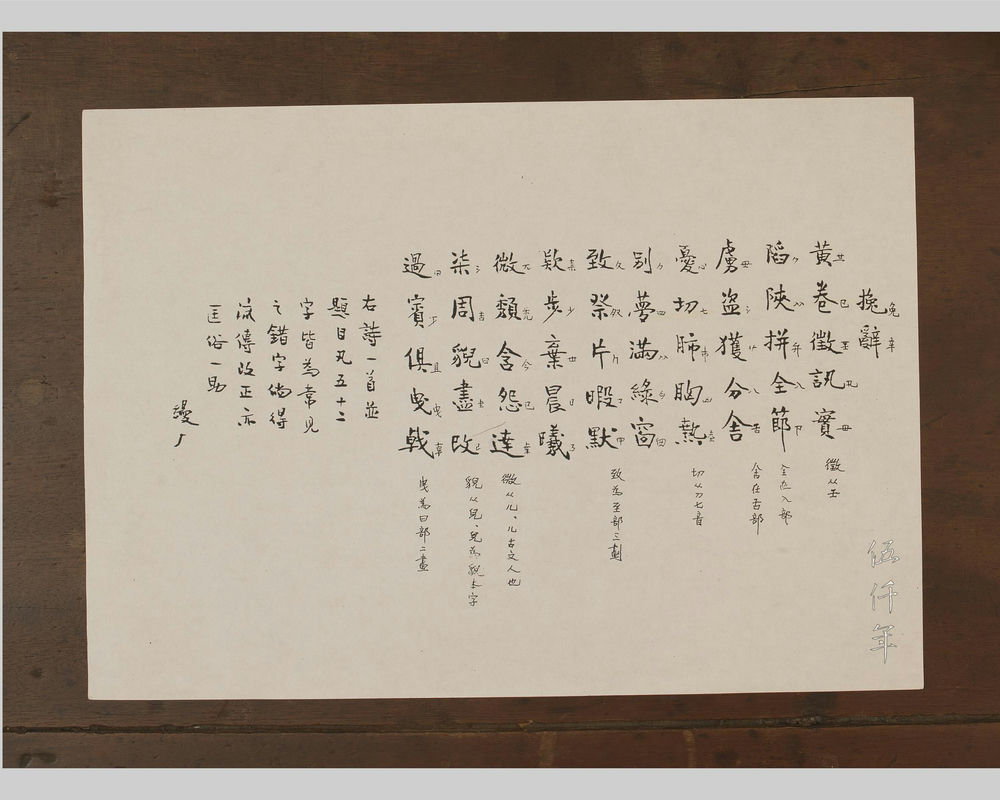
Hand written elegy by Professor Chang Shou-p’ing using erroneous characters. The correct way of writing these character parts are annotated on the right
The survival and continuation of the Chinese character, is truly imperiled. If you have doubt, please read this elegy of mine. Inclusive of the title, this poem has altogether fifty two Chinese characters. Each character is commonplace, each character is erroneously written. Yet how many of these erroneous characters can one recognize?
I have already annotated the correct way of writing each character for comparison. I hope specialists and scholars will not deride my nitpicks, or my exaggerated allegations, I hope the eminent and the distinguished will not blame my alarmist talk, and be understanding. If this poem can travel far and wide, and many other examples of erroneous characters can be similarly uncovered, then at least some of those with the surnames Huang (黃), Yen (閻), Ts’ai (蔡), Chou (周) and Kuo (過), will no longer erroneously write their surnames.
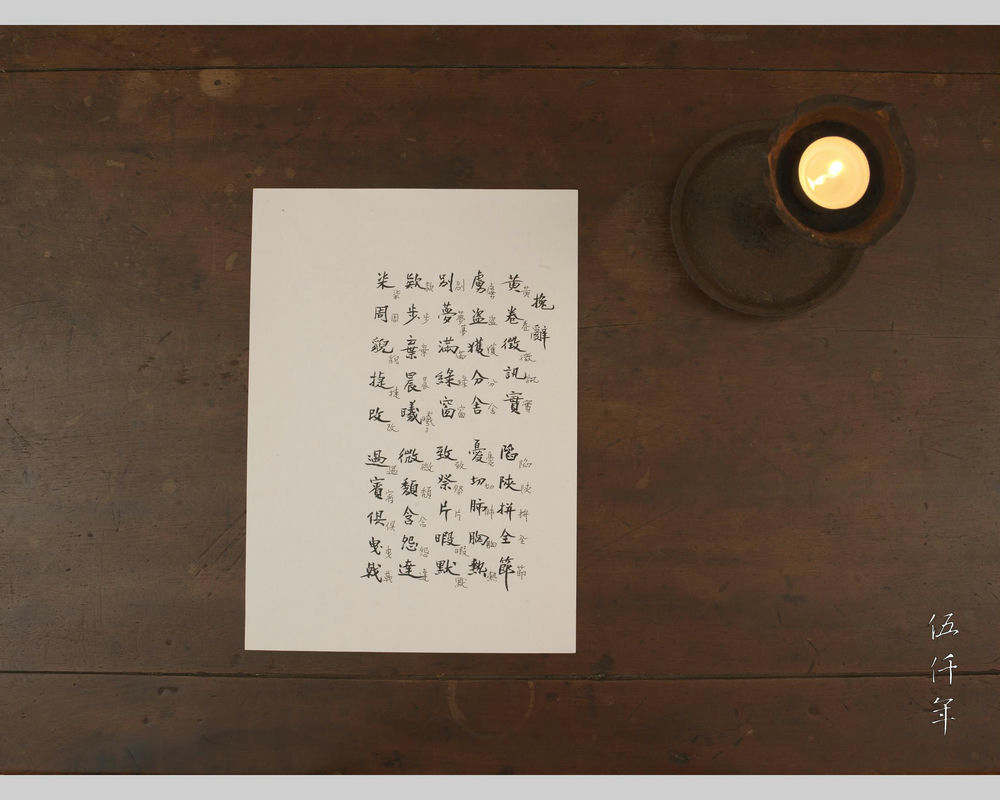
Hand written elegy by Professor Chang Shou-p’ing using erroneous characters. The correct way of writing these characters are annotated on the right
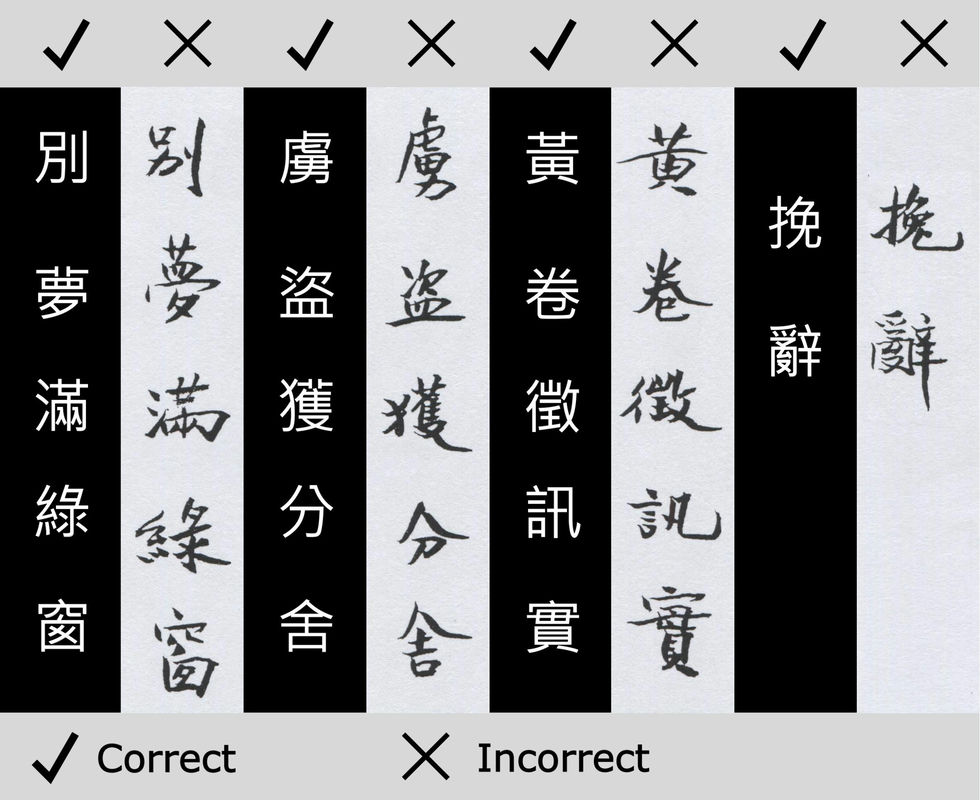
Hand written elegy by Professor Chang Shou-p’ing using erroneous characters. The correct regular script computer fonts of these characters are depicted on the left
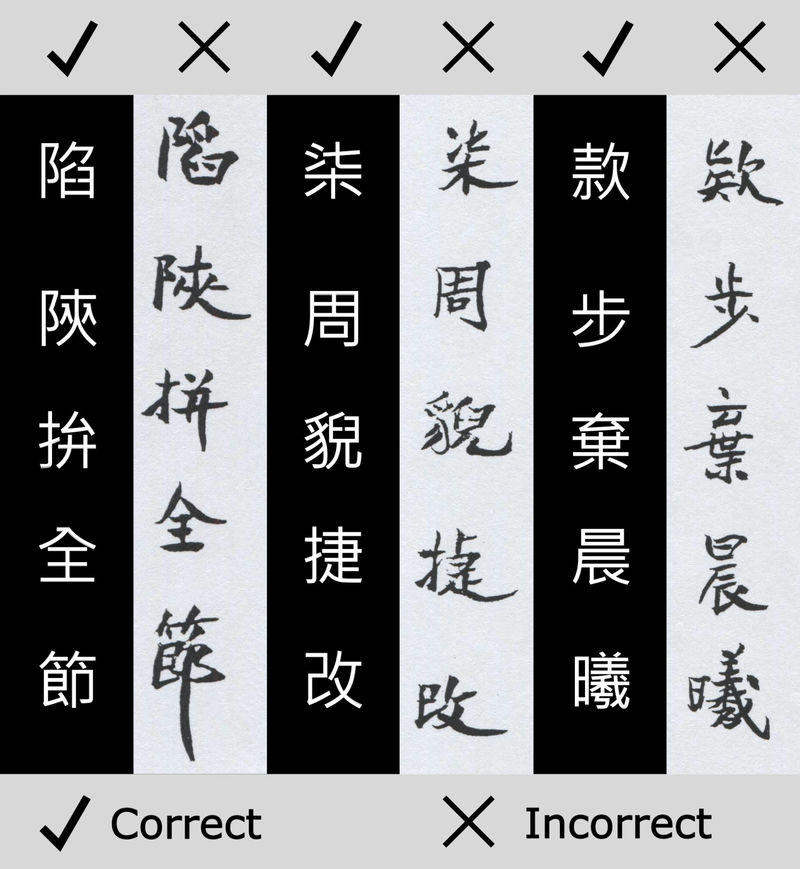
Hand written elegy by Professor Chang Shou-p’ing using erroneous characters. The correct regular script computer fonts of these characters are depicted on the left

Hand written elegy by Professor Chang Shou-p’ing using erroneous characters. The correct regular script computer fonts of these characters are depicted on the left
